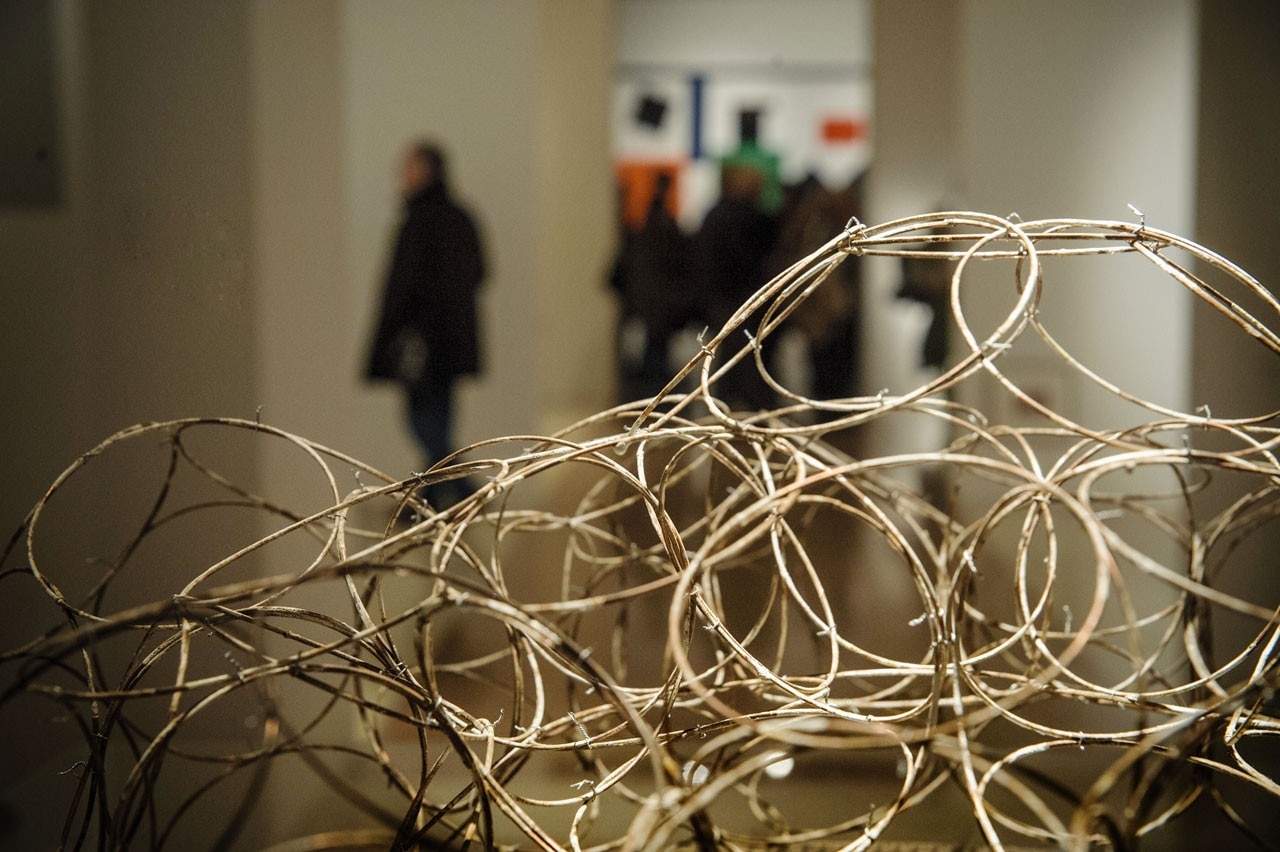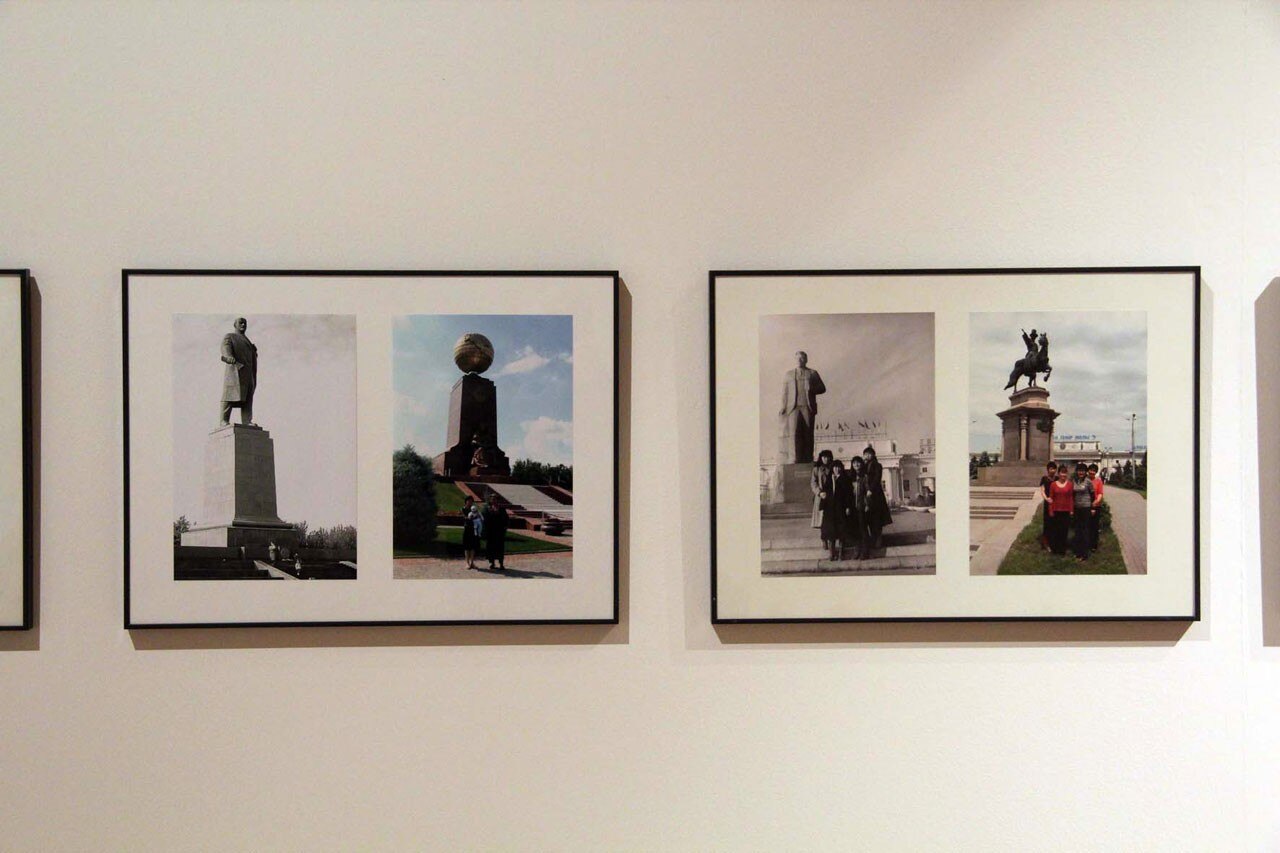
At the beginning of his essay Specters of Marx, Jacques Derrida confessed that he had not reread the Manifesto of the Communist Party for a long, long time, nearly 20 years. A question of commitments and need – you may say – because scholars cannot have everything under their noses and many texts, however important, lie in the active substratum of our memories; there where we place them when they are first discovered, archives of the spirit and memory, a brick with which to build more monuments. Sometimes, it is true, we do not read books; we hear of them from indirect sources, or by emulation, because we have already moved on to analysing what we do not possess but that, like a memory produced by others, haunts the emotional sphere of our creations.
As we are reminded, for example, by Walter Benjamin and the Angelus Novus, when he warns readers not to move on to the essay on Elective Affinities without first reading the novel. That is precisely how I discovered Goethe, out of the fear of a spectre: the book cited but not read. Because of that question asked by Derrida “Repetition and first time: this is perhaps the question of the event as question of the ghost. What is a ghost?” An interesting answer is provided by this exhibition, curated by Marco Scotini at the Museo Archeologico in Bologna for – the 2014 edition of which examines the role of the collector. Starting from the 1970s, it develops an attentive reflection on two major timeframes: 1989 and the fall of the Berlin Wall; and 1991 when the Soviet Union and the Warsaw Pact were dissolved.
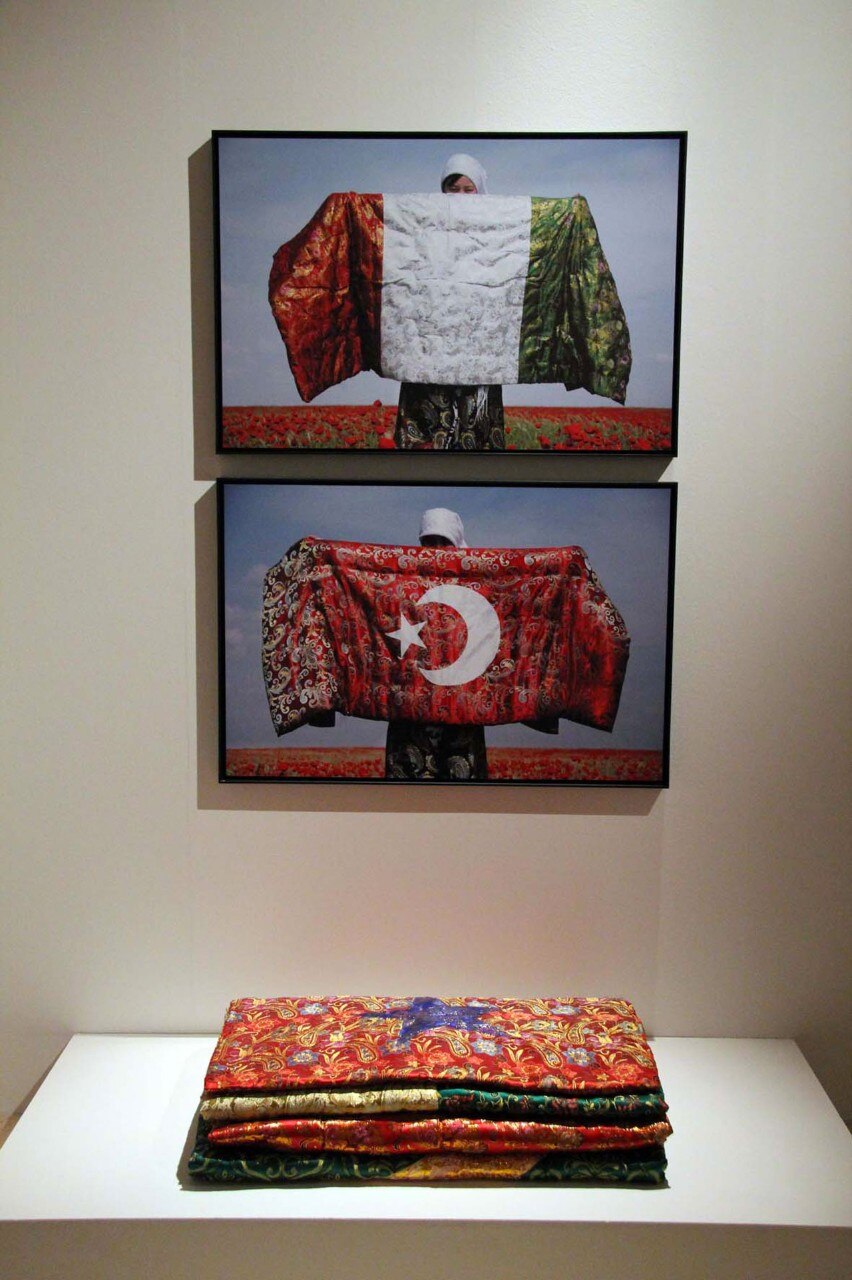
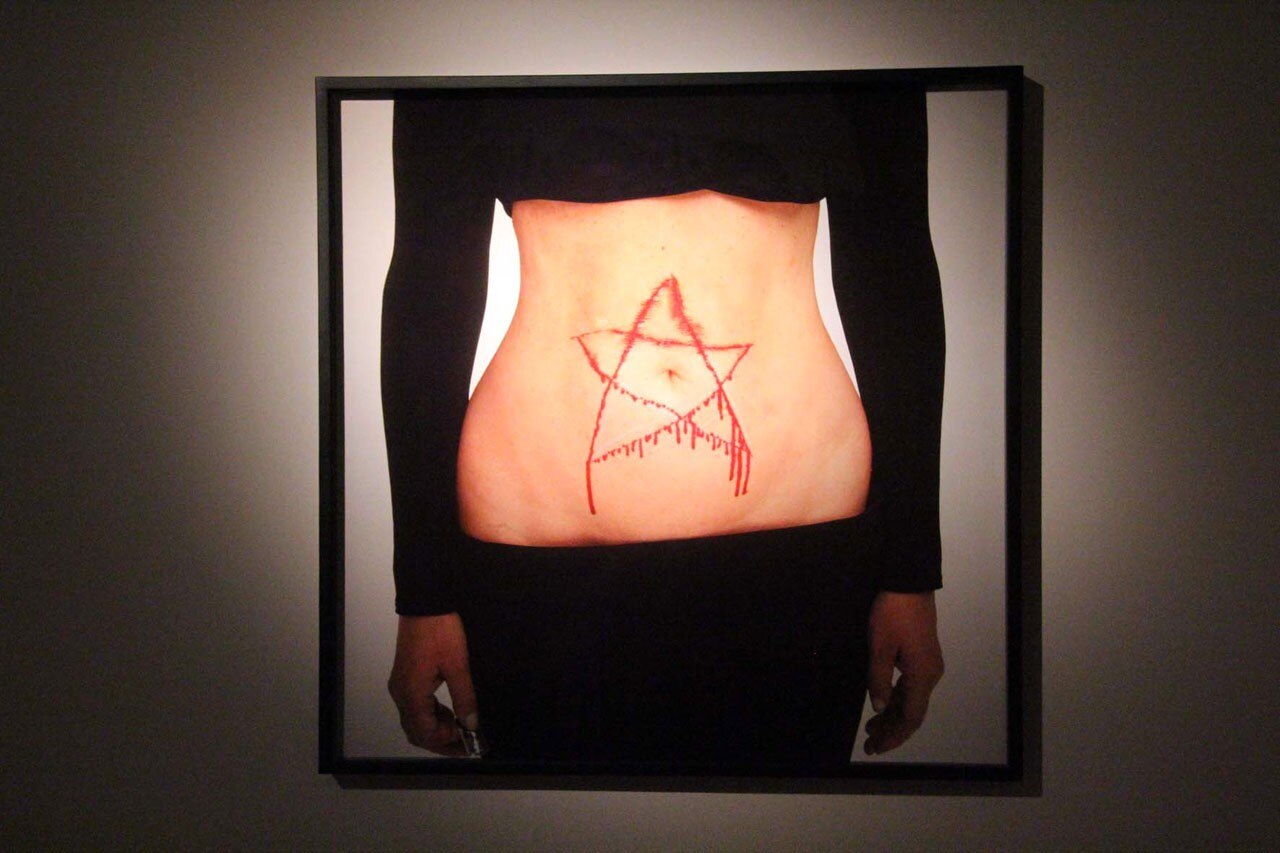
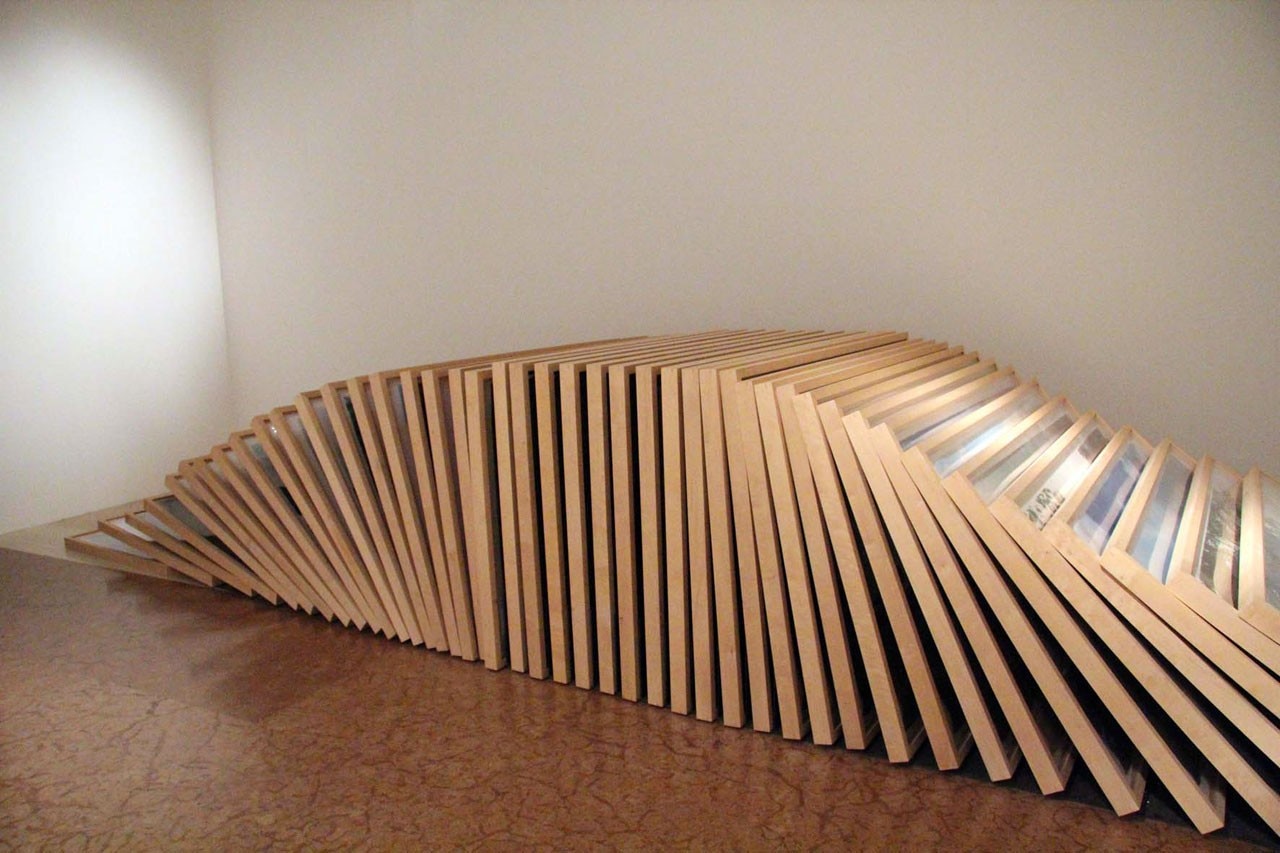
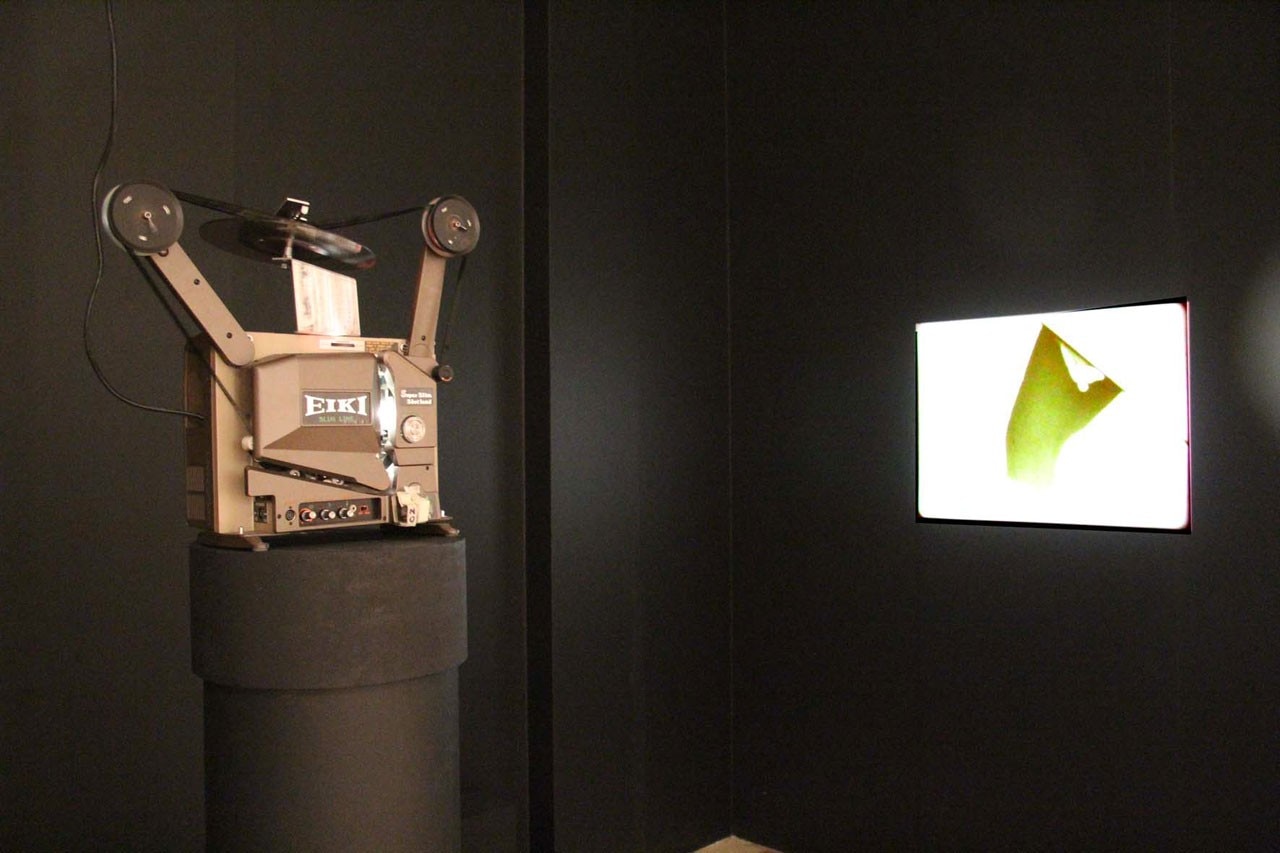
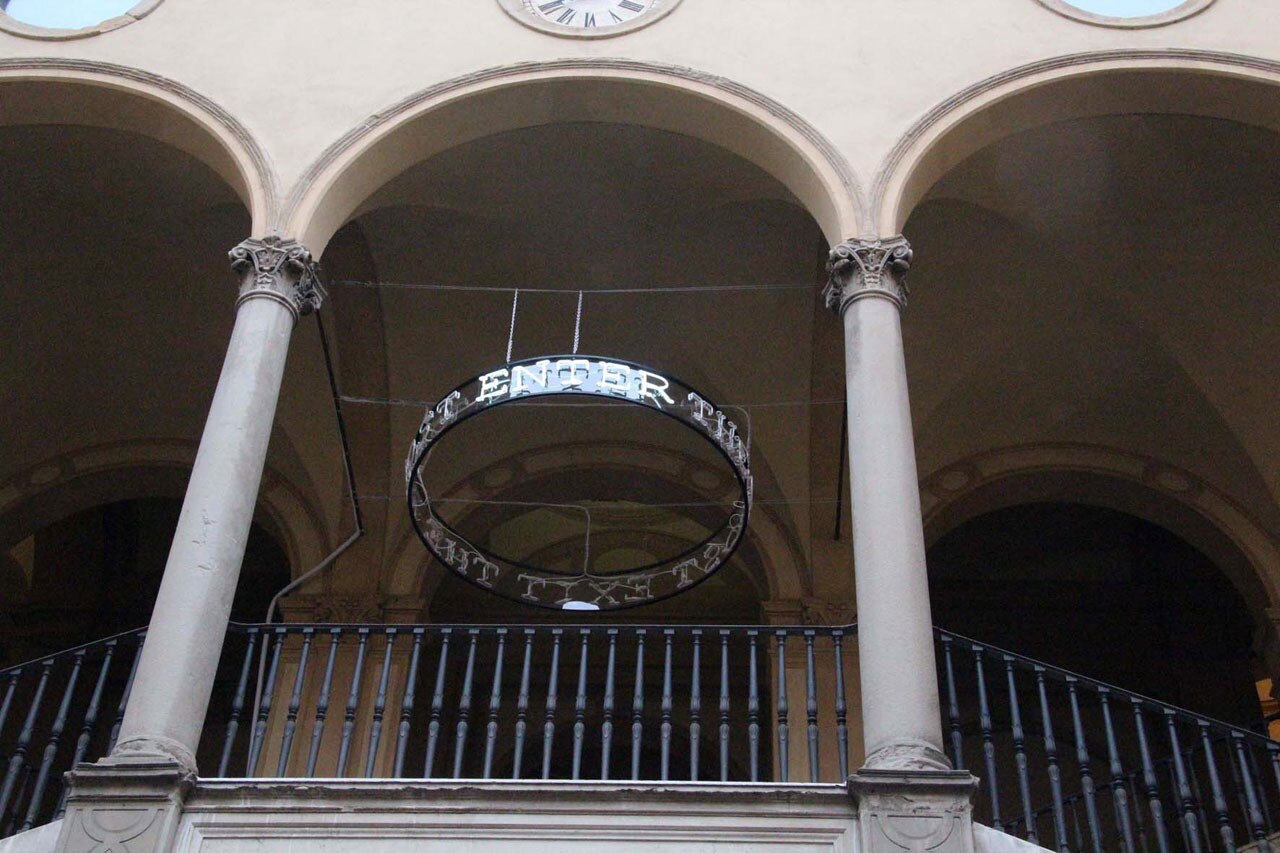
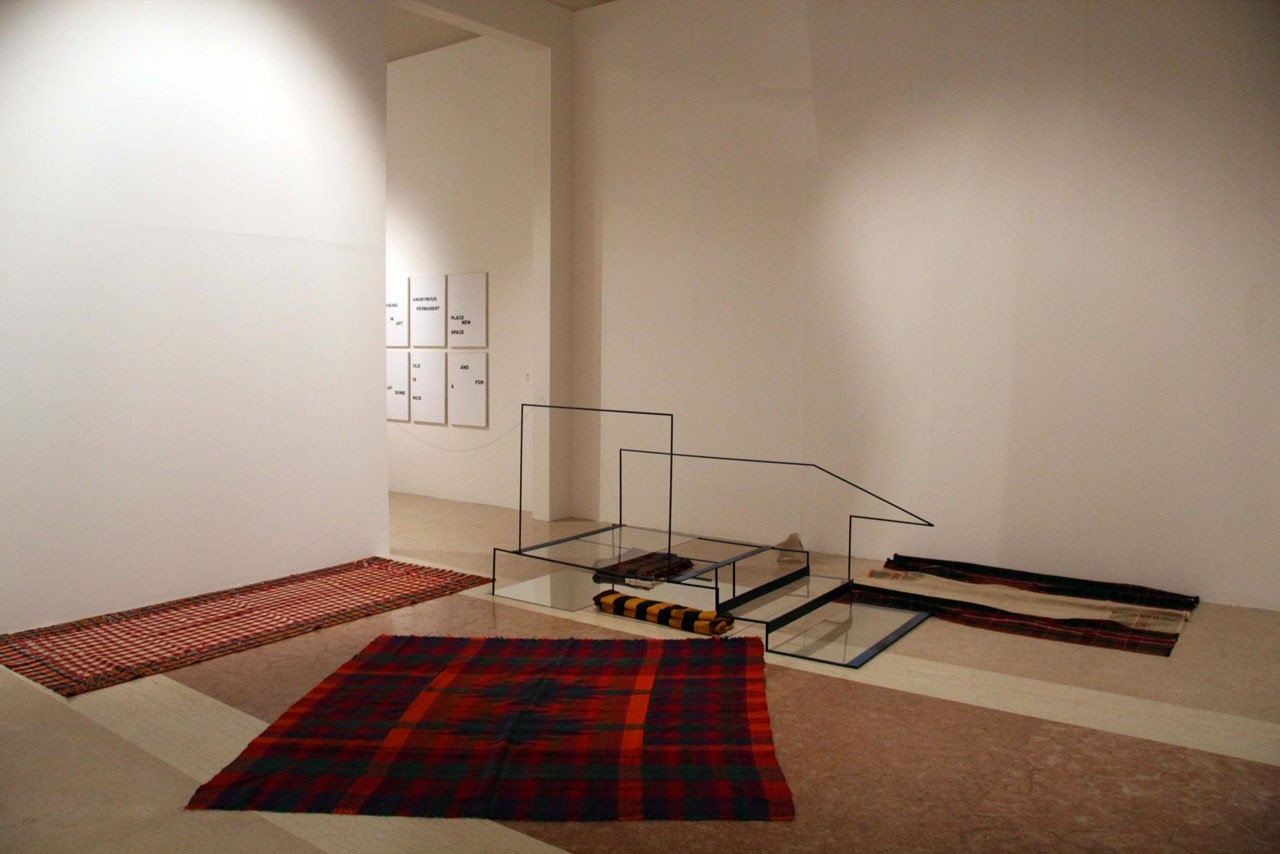
These works are on one of the two exhibition routes created by Scotini to steer the spectator’s gaze, L’archeologia delle cose; Il teatro dei gesti, on the other hand, contains familiar performances such as one by Marina Abramovic (photograph of the star cut into her stomach) and a series of works by Julius Koller whose table-tennis racket delves into an imagery that reaches far beyond Eastern Europe. In fact, rather than speaking of “Eastern Europe” we should really refer to a “journey East” in the sense of a path of learning, a total rejection of an individual Western dimension and an annulment of the public/private dialectic principle that fuels our experiential tradition, in favour of a principle of sharing that we clearly struggle to grasp.
So, the biggest spectre of the whole exhibition reappears, the ghost of Marx and his red book, accompanying us along the way, sometimes annoyingly, sometimes frighteningly and even amusingly, but always there thanks to this new reading offered by Scotini. A number of curtains open before the visitors, e.g. for Ilya & Emilia Kabakov’s amassed furniture and the leftover apartment by Petrit Halilaj, reminders of the degree to which the Soviet universe was formed of familiar routines. Indeed, it is hard not to agree with Derrida when, on the subject of the Manifesto of the Communist Party, he wrote “Je savais bien qu'un fantôme y attendait, et dès l'ouverture, dès le lever du Rideau”. Those keen to encounter it should visit Il Piedistallo vuoto and see the catalogue which, if it is possible, adds to the already rich array of meanings.
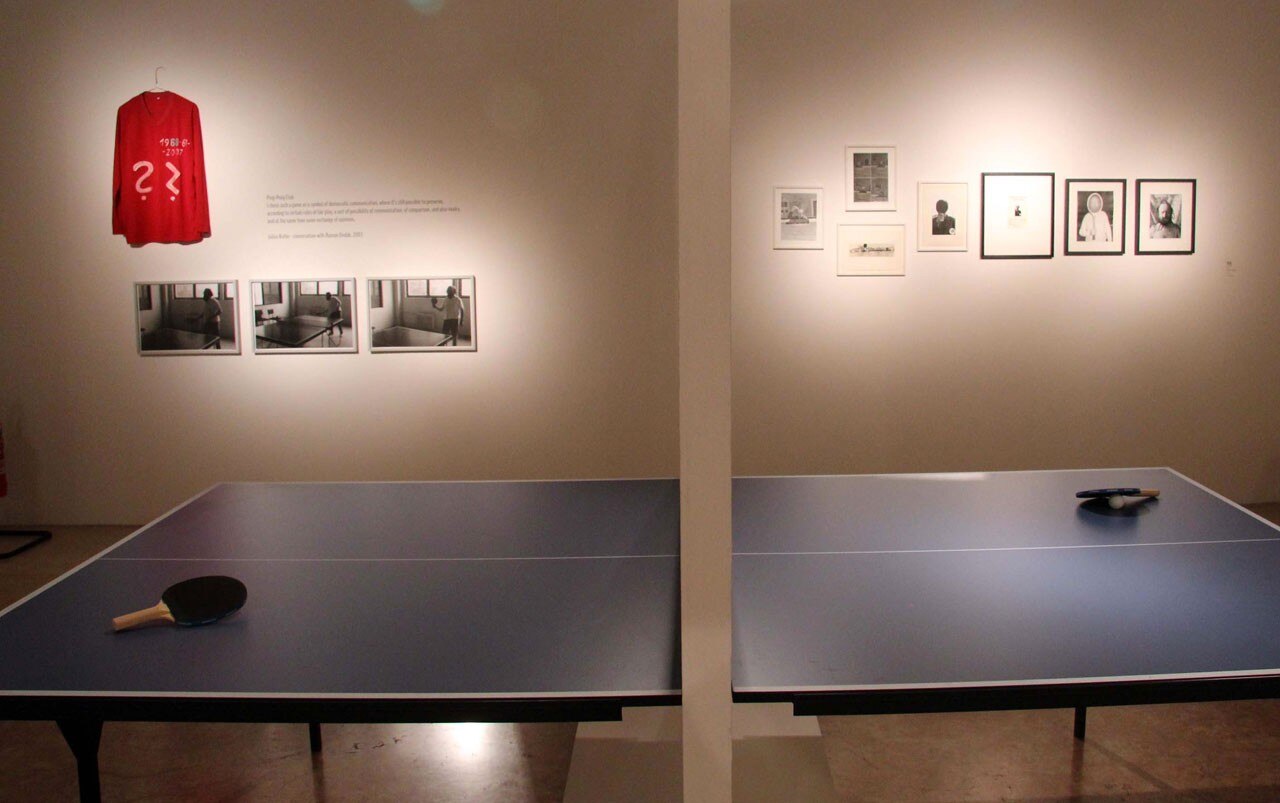
Until 16 March 2014
Il piedistallo vuoto
Museo Civico Archeologico
via dell'Archiginnasio 2, Bologna


